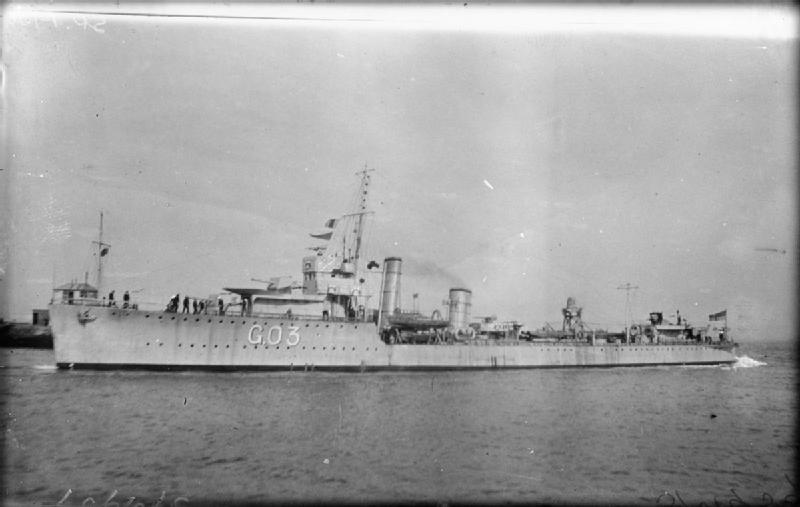Sidlesham church is down a short lane off the B2145, Chichester to Selsey road, by some thatched cottages. The current church originates from around AD 1200, however Christianity probably arrived during the Roman era.
The Romans landed in Pagham Harbour in AD 46, where at the time, the area was occupied by the Celtic Regnenses tribe with their chief Cogidubnus. Coigdubnus was confirmed, by the Romans, as the local ruler and took the name Tiberius Claudius Cogidubnus; he claimed to be Rex Magnus Britanniae. Sidlesham was part of a client province, of Rome, until the early 5th century.
During the rule of the Roman Emperor, Theodosius (AD 378-395), Christianity was made the official religion of the Roman Empire; so it is likely that the citizens of Sussex would have been largely Christian towards the end of the 4th century. However in the late 5th century, after the departure of the Roman army, the Saxons arrived in Sussex and brought with them their polytheistic religion. The Saxon pagan culture probably caused a reversal of the spread of Christianity.
In AD 691 Saint Wilfred , the exiled Bishop of York came to the area and is credited with evangilising the locals and founding the church in Sussex, and according to the Venerable Bede it was the last area of the country to be converted.
St Mary's church was built in the early 13th century, probably on the site of an earlier Saxon Church. The style of the building is early English. As built, the church was cruciform, with a chancel tower, transepts and aisles. The Chancel extended beyond the bounds of the existing east wall. There were two Chantry chapels and, possibly, two aisles built in the 14th century. There was also a vestry to the north of the Chapel area.
The north chapel and part of the Chancel were allowed to fall into ruin, probably in the early 16th century, but were rebuilt, using much of the original materials, shortly after 1660. During this rebuilding, the east window was moved to the current position, giving the church the unusual T-shape it has now.
The Chancel area is traditionally, the responsibility of the Vicar, the remainder of the building being that of the Church Wardens. It seems possible that, at some time, there was a disagreement about this since, to make it absolutely clear two small stones inscribed, Chancel Boundary, 1814" were inserted in the eastern columns. The niches(or pricinas), adjacent to the Altar, are original and were used for the cleansing of the Holy vessels, after celebration of the Holy Communion. An aumbry has been built into the wall, adjacent to the Altar, to keep the Blessed sacrament.
In the 15th century, the tower was added, complete with a minstrel's gallery; at the same time bells were hung, music for the services would have been provided by a village orchestra, comprising flute, fife, bassoon and fiddle.
In 1850, a harmonium replaced the orchestra to provide music in the church.
The current organ is an historic G M Holdich instument, formerly in the chapel of the Radcliffe Infirmary, Oxford, and brought to Sidlesham through a bequest from a former organist, Mr Fred Stacey. More details can be found on the Music Page.
During the Middle Ages, the nave must have been very dark, as the only light came from the three narrow windows in both the north and south walls and two in the west wall. In 1596, three of these windows were converted to oblong windows. Alongside the new window, on the north wall, the workman could not resist adding, for posterity, his initials!
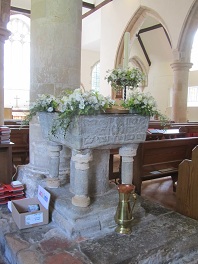
The Font, adjacent to this window, is about the same age as the church and is typical of early Sussex work. It was removed from the church, during the Civil War and its weather-beaten and rather battered appearance may be the result of it having been buried during this time. It was re-erected in 1660. There is a drain, from the font, which discharges just above the tiled floor. An Edict requires that the water in the font, which has been blessed, should be collected and cast away outside the church. In the old days, it was suspected that if this action was not taken, the water might be used for witchcraft purposes.
In the 18th century, side galleries and large box pews were constructed the incisions to support the galleries can be seen, cut into pillars. It seems likely that, to compensate for the reduction of light, led to the villagers subscribing to the splendid brass candelabrum, installed in 1750.
There is an iron screen, dating from 1815, in the north chapel, that is a fine example of the work of Sussex blacksmiths.
The Sidlesham War Memorial is a grade II listed structure. It is located within the churchyard and consists of a squat obelisk on a square plinth. It is set within a small kerbed enclosure. It was originally constructed in the 1920s to commemorate the 20 Sidlesham people who lost their lives in the First World War.
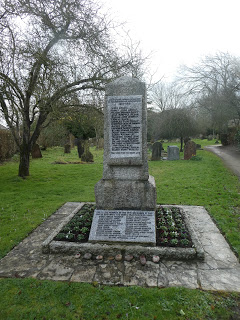
There was an addition dedicated in 1948 to the twenty people who lost their lives in the Second World War.
The graveyard has a total of eight graves commemorated by the Commonwealth War Graves Commission. There are three war graves dating from the First World War and five from the Second World War.
As part of the 2023 Remembrance Day commemeration, the congregation at St Mary heard the story of two brothers who joined the RAF in Word War II. The following is a video based on that presentation.
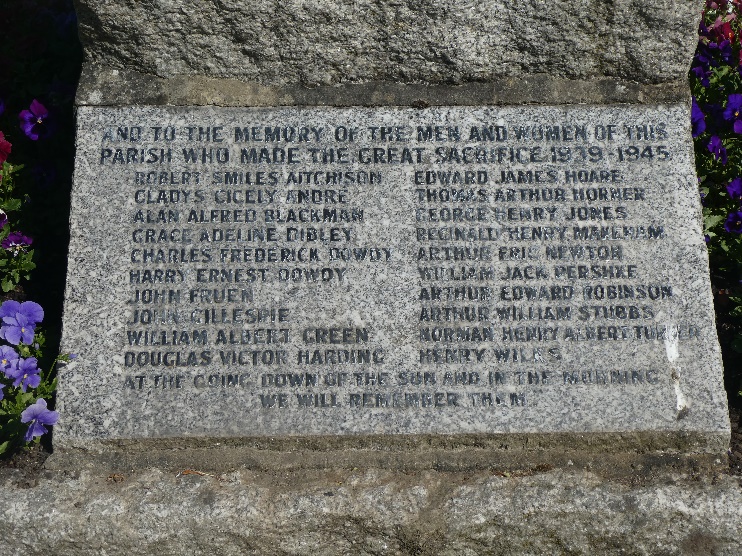
- Died 19th January 1942.
- Robert was serving with No 9 Squadron RAF he was killed on a training flight when the plane crashed near Thetford.
- He was 21 years old.
- His Parents were Joshua and Mabel Aitchison.
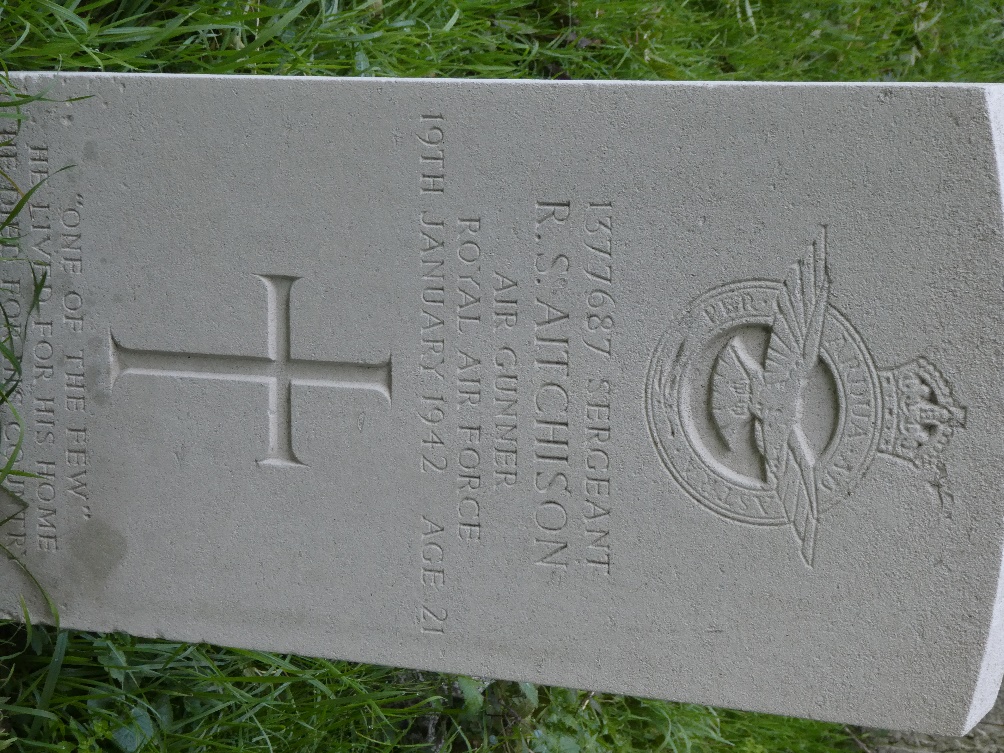
- Died 26th November 1943.
- Grace was a LACW in the RAF.
- She died at RAF sick quarters but there is no record of the cause.
- She is the second woman on the Memorial.
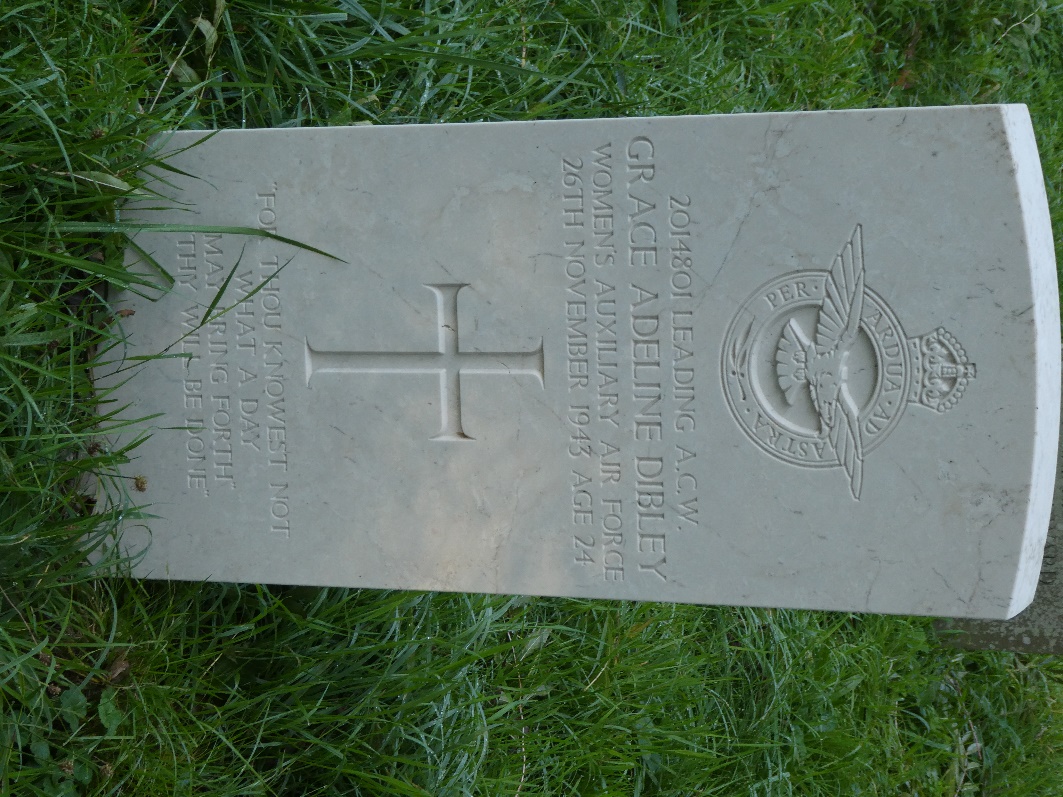
- Died 16th April 1943.
- Gladys was in the Auxiliary Territorial Service, as was the Princess Elizabeth.
- She died in Hospital.
- She is one of two women on the memorial.
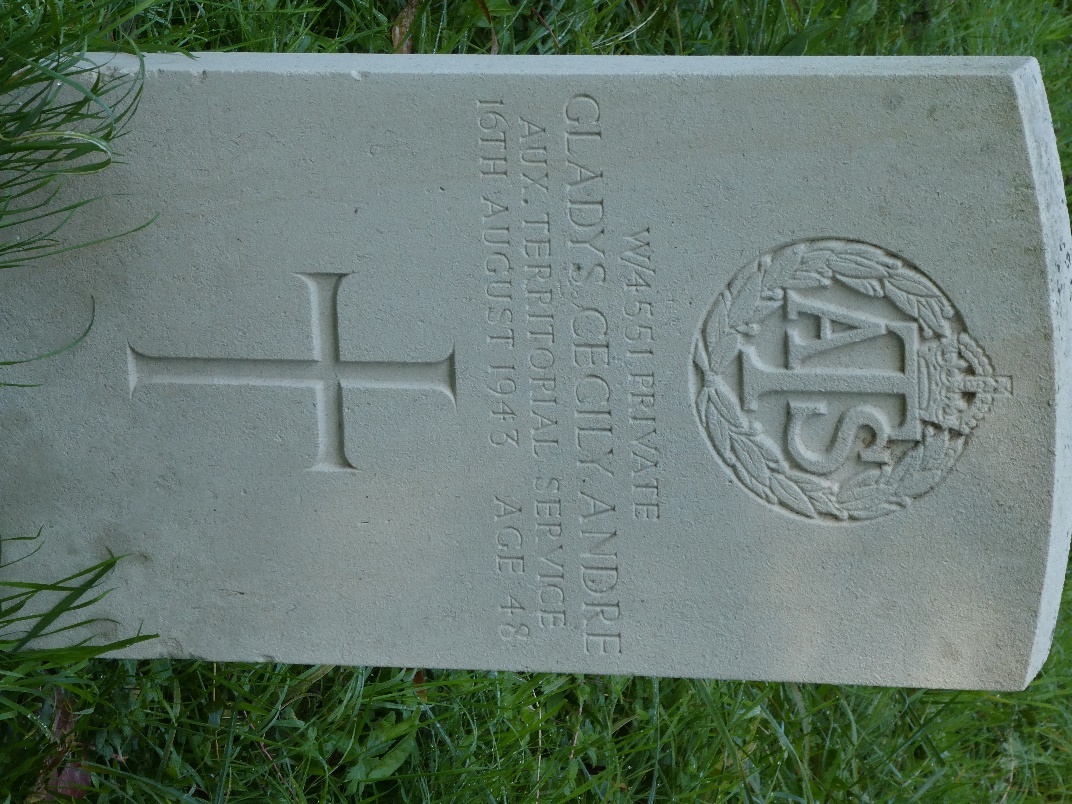
- Died 6th July 1940.
- Alan served in the Royal Army Service Corps.
- He died in a car crash.
- He was 21 years old.
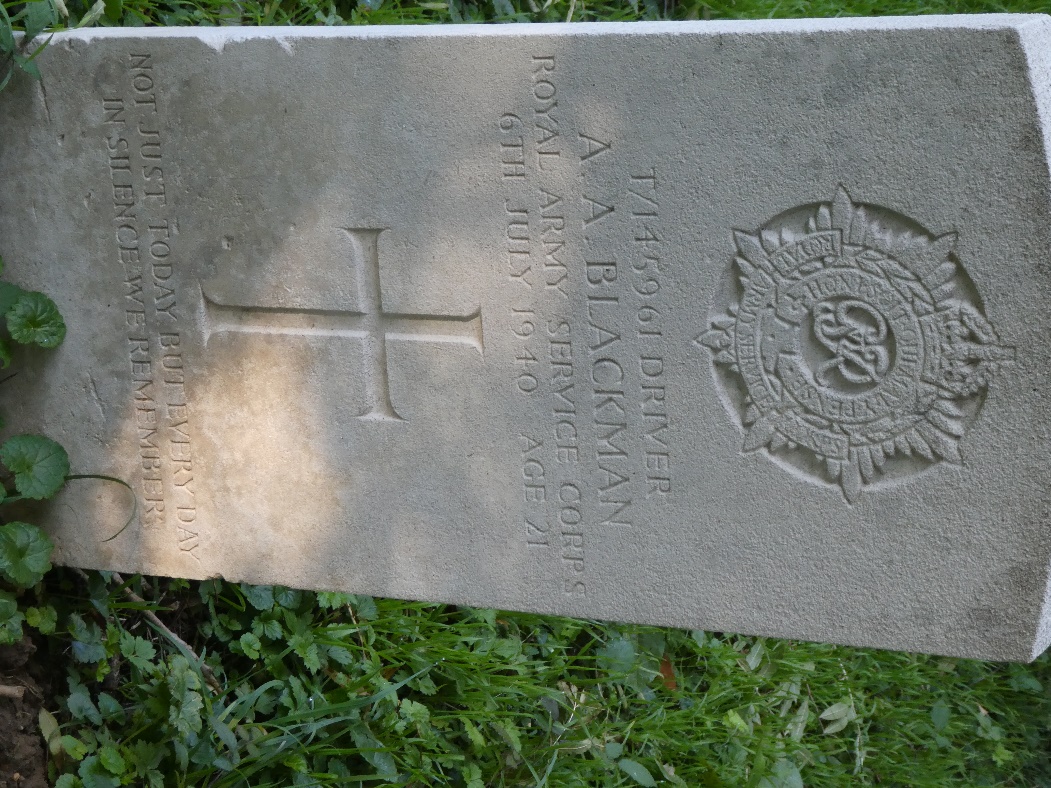
- Died 24th November 1941.
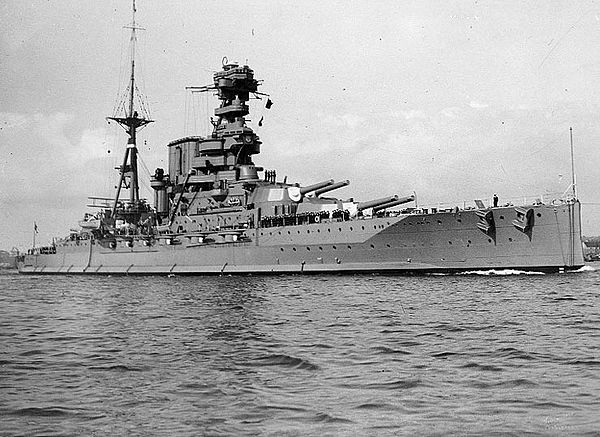
- One of two brothers on "the Memorial", both in the Royal Navy.
- Charles was a leading stoker on HMS Barham. She was steaming in convoy off the Libyan coast when she was attacked by U-boats, she was hit by 4 torpedoes.
- The 31,000 ton ship turned on her side, exploded and sank within 5 minutes.
- Over 900 of the 1300 crew were lost including Charles and 3 other men from Selsey
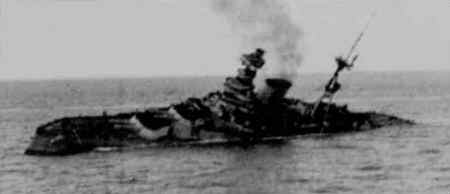
- Died 13th February 1942.
- Harry was a stoker on HMS Scorpion, a river gunboat, it was sunk by a Japanese Destroyer off Sumatra.
- Charles and Harry were the sons of Jessie and Margaret Dowdy.
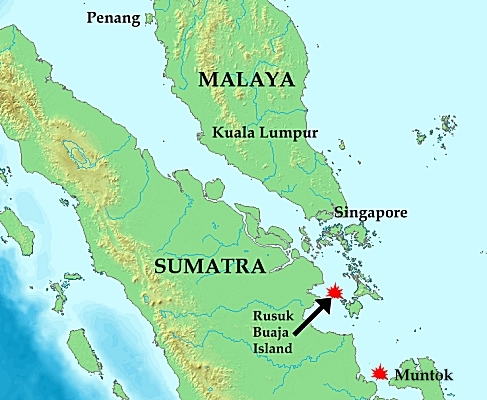
- Died 8th July 1944.
- John was with the 30 field regiment of the Royal Artillery who were part of the Allied forces invading Italy in June 1944.
- The Germans made their last stand in front of the town of Arezzo and the river Arno. There was heavy fighting in the Chiana Valley, during which John was killed.
- He was 21 years old.
- He is buried in Fioana della Cheina Cemetery
- His Parents were Phillip and Eda Fruen and his wife was Elanor.
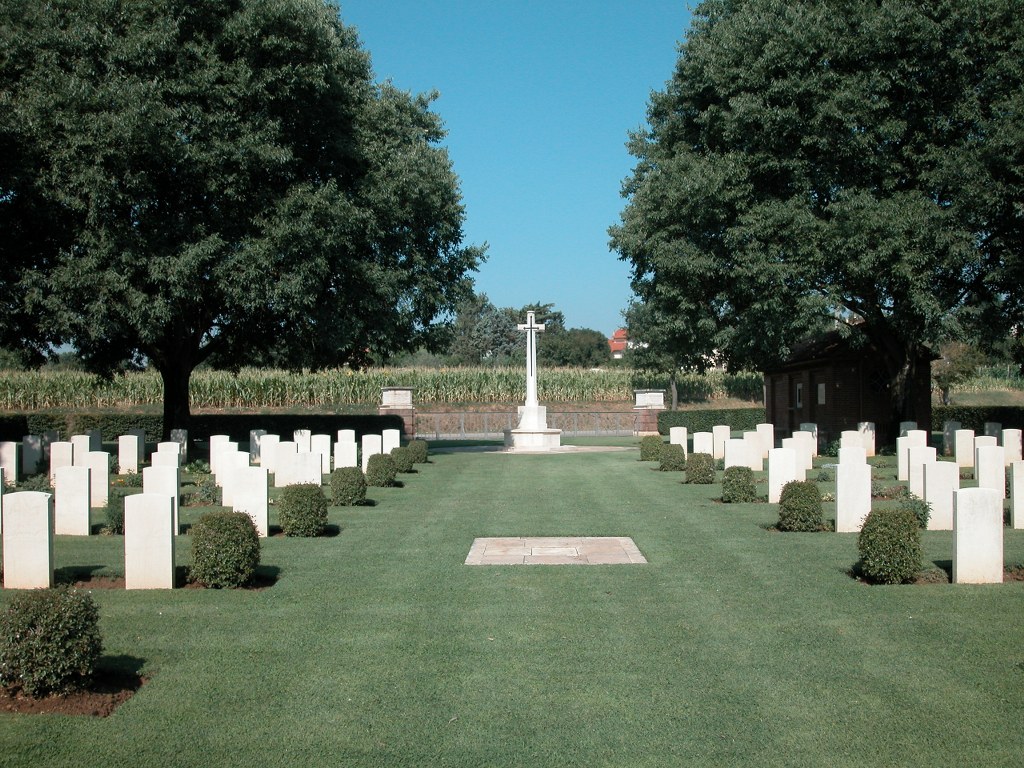
- Died 13th January 1941.
- John was with the First Battalion of the Kings Royal Rifles which was part of the 8th Army.
- He was killed in fighting around Tobruk and is buried in the Knightsbridge War Cemetery in Acroma which is now part of Libya.
- He was 21 years old.
- His Parents were Richard and Catherine Gillespie.
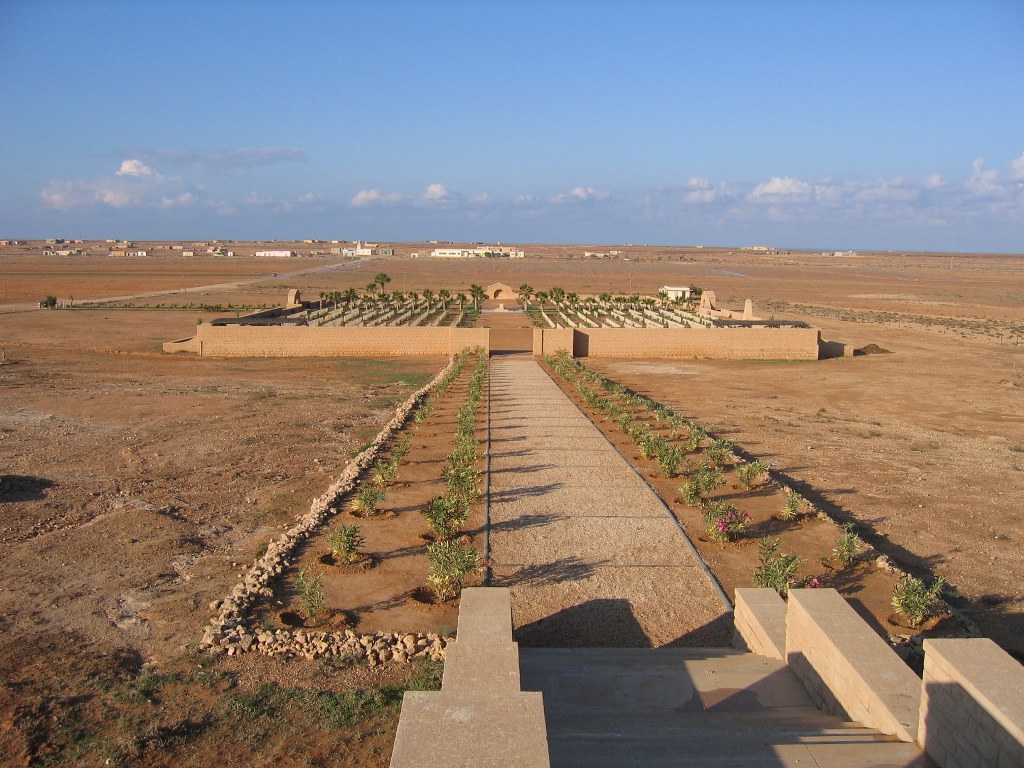
- Died 17th June 1940.
- William was in the Pioneer corps and he died in the Lancastria disaster.
- HMT Lancastria (RMS Lancastria), was an oceangoing liner commissioned by the Government, that was evacuating troops from the British Expeditionary force which had been cut off from the main force at Dunkirk.
- She was in the Loire estuary, carrying many more than her normal complement of passengers of 2,200, when she was bombed and sank in 15 minutes. The number of people who lost their lives was estmated to be between less than 4,000 to around 6,000. It was the biggest loss of life at sea in British maritime history, but the news was suppressed until after the War.
- The documents are now in the National Archive.
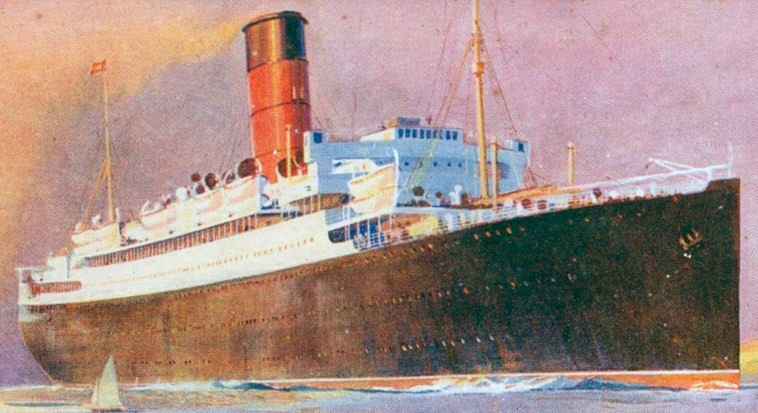
- Died 3rd September 1940.
- Douglas was a steward on HMS Birmingham.
- The ship was returning to Liverpool for a refit at the beginning of September 1940.
- We do not know the circumstances of his death, but he is buried in Dunfermline Cemetery in Scotland
- He was 22 years old.
- His parents were Albert and Ellen Harding.
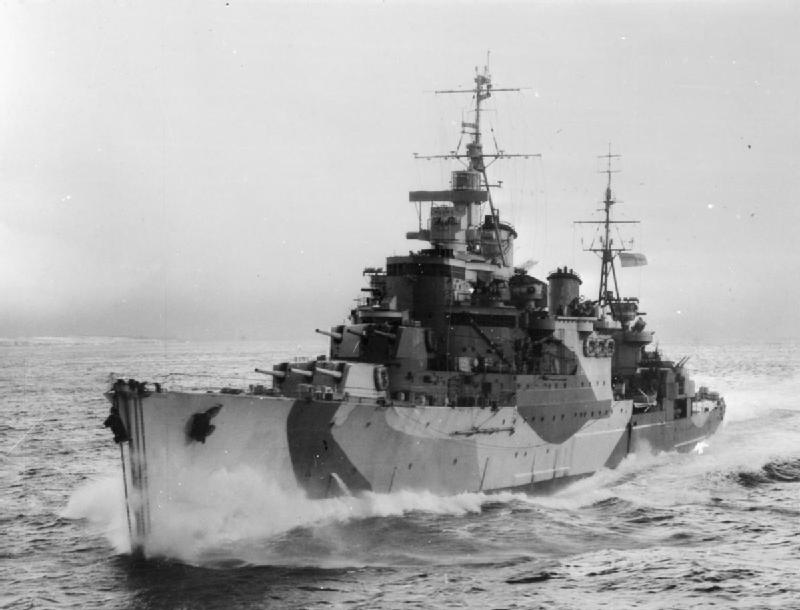
- Died April 9th 1942.
- Edward was a member of the crew of the aircraft carrier HMS Hermes.
- She was patrolling in the Indian Ocean and had left the port of Tricomalee on the 8th of April.
- She was spotted by Japanese aircraft and some 85 dive bombers attacked and sank the ship with its accompanying cruiser HMS Vampire.
- Edward was one of the 307 who died.
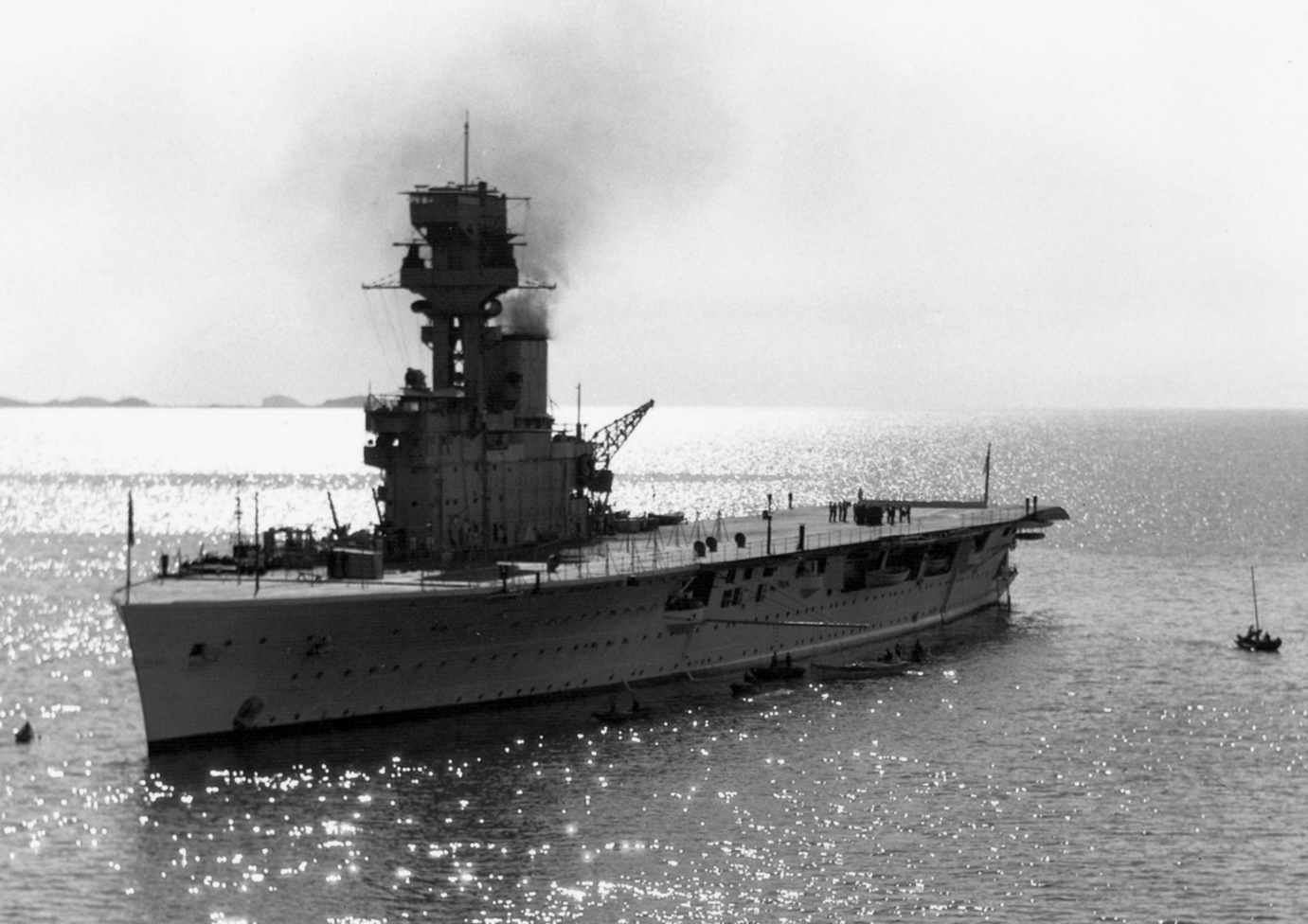
- Died 29th June 1942.
- Thomas was in the Royal Sussex Regiment. He was taken prisoner by the Germans and died in a prisoner of war camp.
- He was 23 years old.
- He is buried in the Charlottenburg war cemetery in Berlin.
- His parents were Thomas and Emily Jesse Horner of Sidlesham Common.
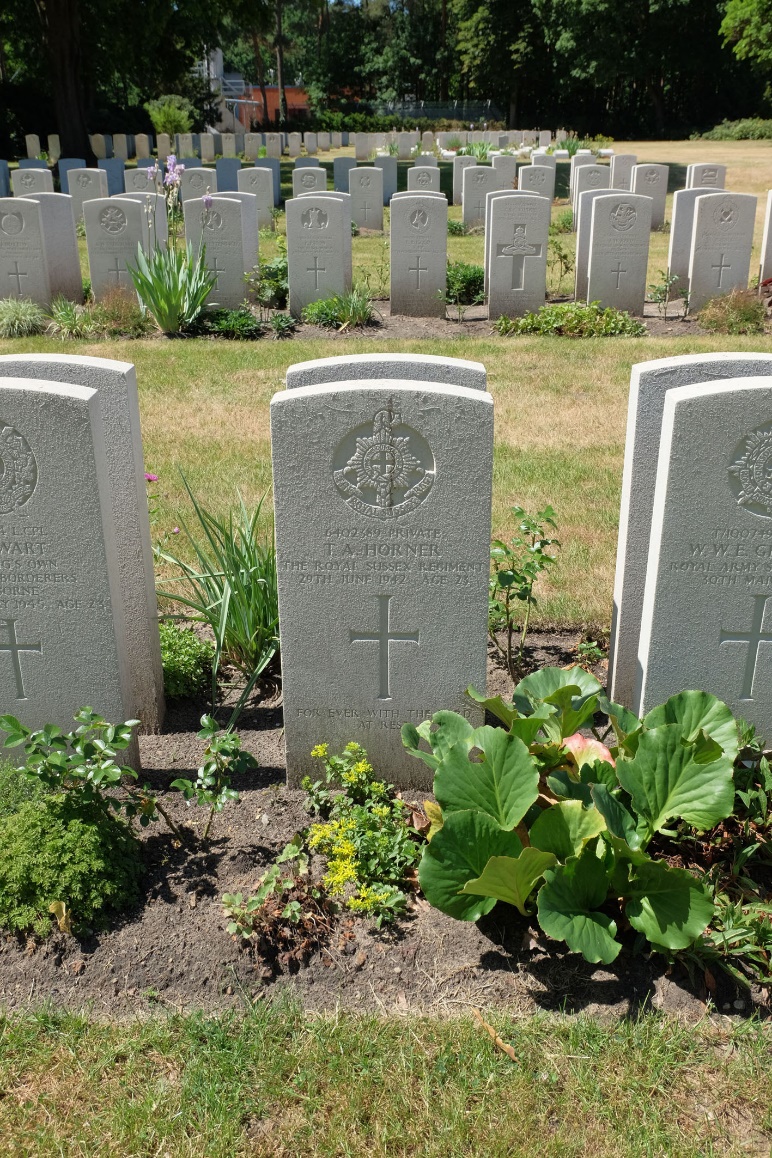
- Died 14th October 1939.
- George was one of the ships company of HMS Royal Oak, which was sunk by a German U-boat U-47 while at anchor in Scapa Flow in Orkney. It was the first British ship to be sunk in WW2. 835 of the 1,234 men and boys were killed.
- The wreck of the Royal Oak is a war grave. Some of the crew are buried in the cemetery on Orkney
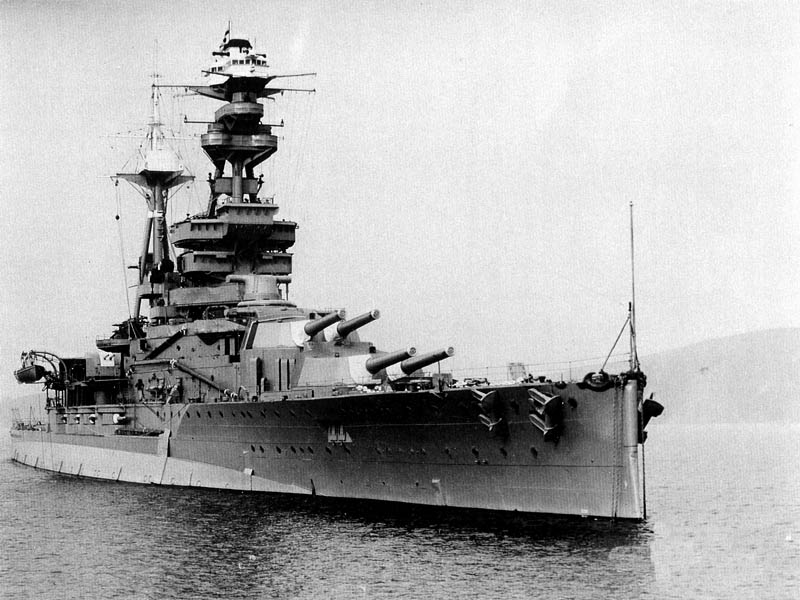
- Died 23rd October 1942.
- He was in 6th Troop Commandos the Gordon Highlanders
- Known as Henry, he took part in a commando raid on the Glomfjiord Power Station in Norway in September 1942. The raid was called Operation Muskatoon. He was captured with 7 others, 3 of the troop escaped to Sweden.
- He was taken to Coldiz Castle in Germany. He was later shot in Sachsenhausen Concentration Camp under a direct order from Hitler to shoot all commandos.
- The Red Cross were told they had escaped and the truth was only revealed at the Nuremberg War Trials
- Henry's mother lived at 6, the Terrace, Sidlesham.
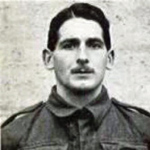
- Died 22nd November 1944.
- Eric was in the 24th Hampshire Regiment. He was killed in Northern Italy as the Allies moved forwards to capture the area around the river Lamone in south eastern Tuscany.
- He is buried at the Cesena Cemetery in Forli Italy.
- He was 21 years old.
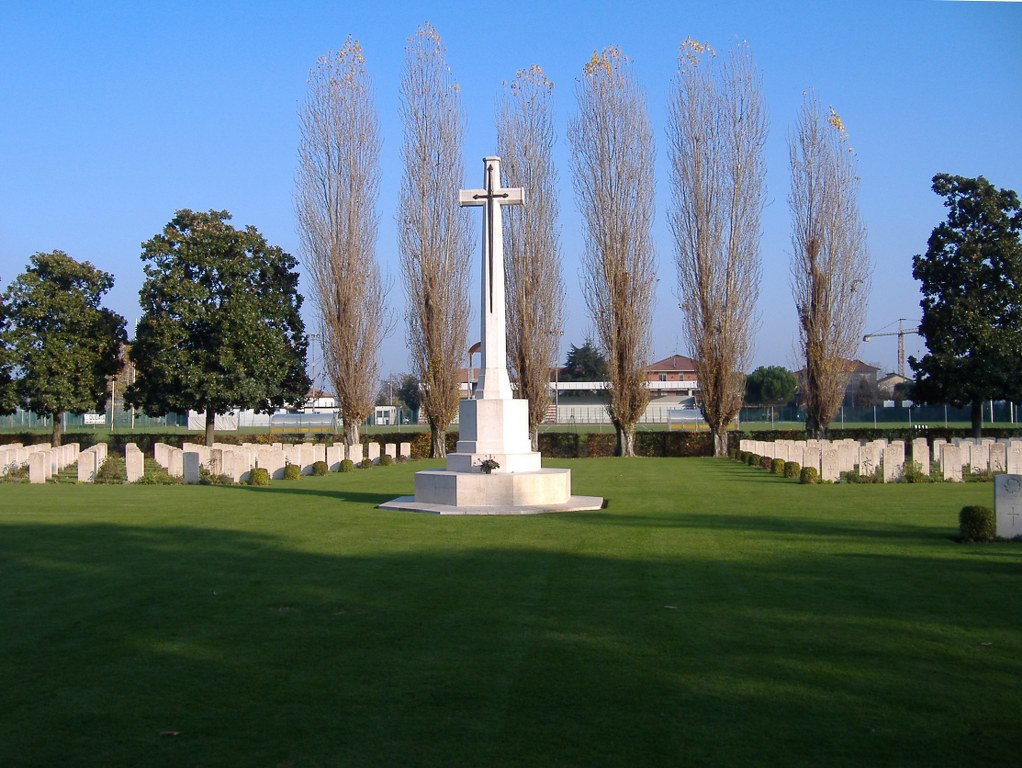
- Died 21st January 1944.
- Jack was flying with No 105 Operational Training Unit out of RAF Bramcote in Leicestershire when he was killed.
- He was taking part in a navigational exercise when the Wellington Bomber he was flying crashed into the sea.
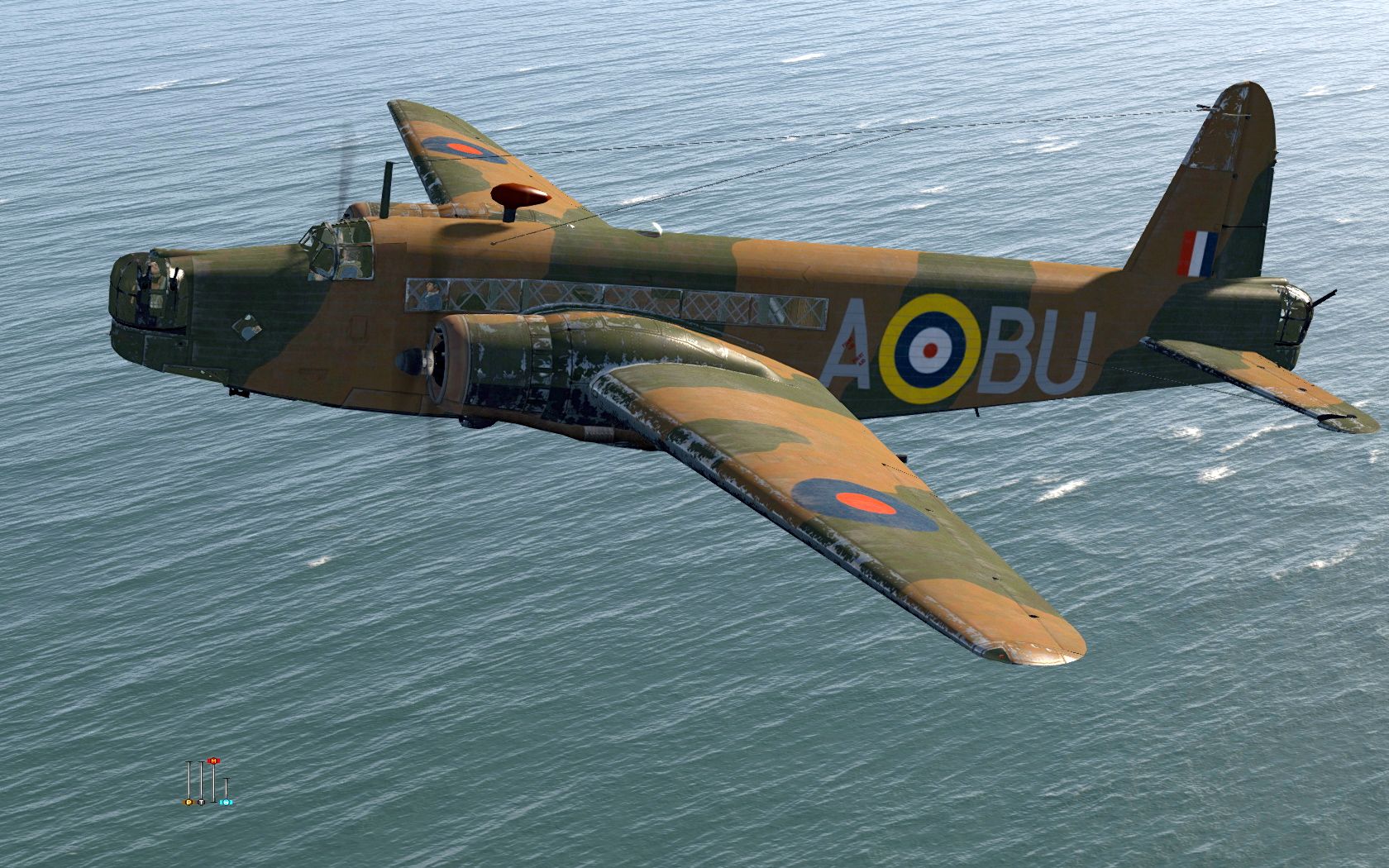
- Died 25th May 1941.
- Arthur was a member of the crew of the Battle Cruiser HMS Hood.
- Hood was cruising in the Denmark Strait accompanied by the Cruiser HMS Prince of Wales when they were attacked by the German Battleship Bismark and the Cruiser Prince Eugen.
- Hood was struck by several German shells, exploded and sank with in 3 minutes. All but 3 of the crew were lost.
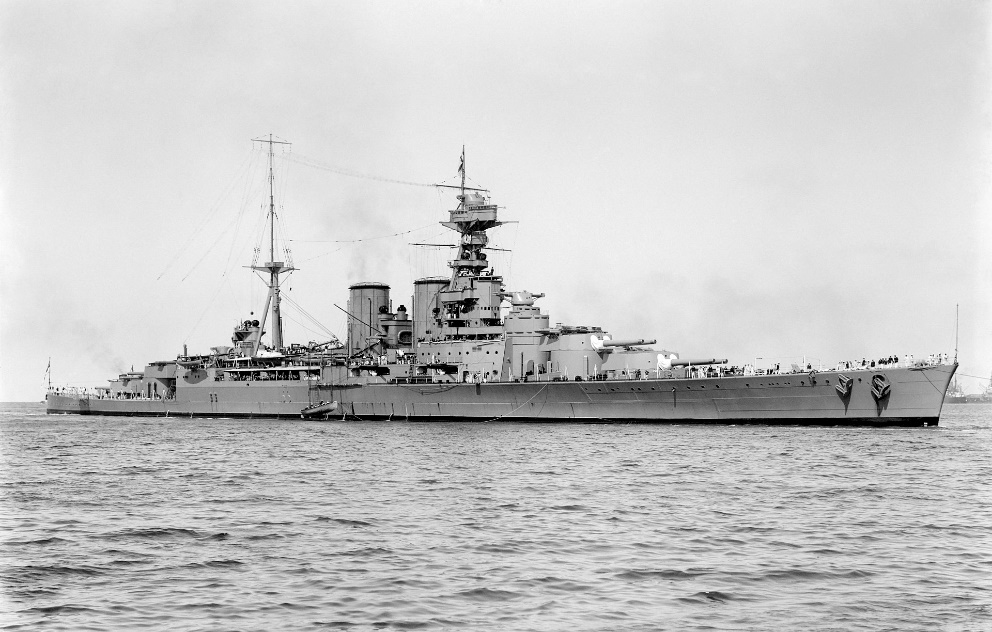
- The Bismark was also damaged. There then followed a dramatic chase by HMS Prince of Wales, herself damaged, HMS Norfolk and HMS Suffolk to catch up with the German Ship.
- An RAF spotter plane found the crippled German ship off the French coast and the combined strength of HMS Ark Royal, HMS Rodney and HMS King George V attacked and after 100 minutes of battle, Bismark was sunk.
- Survivors were picked up by the British Ships.
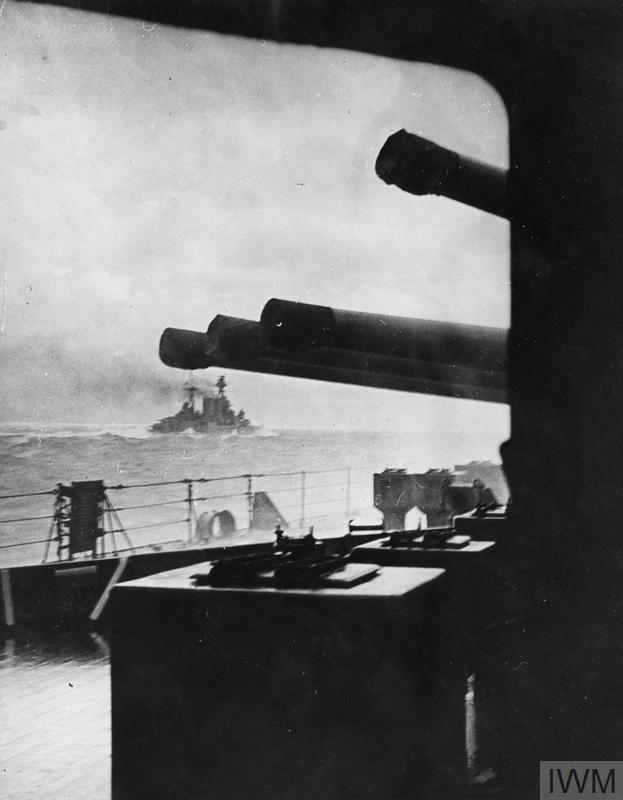
- Died May 31st 1940.
- Arthur was in the Hampshire regiment.
- He was killed during the evacuation of the British Expeditionary Force from the beaches of Dunkirk.
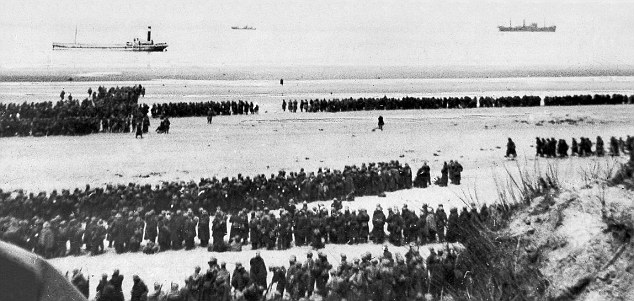
- Died 21st February 1943.
- Norman was in the Roya Corps of Signals. He died while serving in the Signal section of the 137 Armoured Brigade in Kettering.
- He was 26 years old.
- His Parents were Arthur and Mabel Turner of Highleigh.
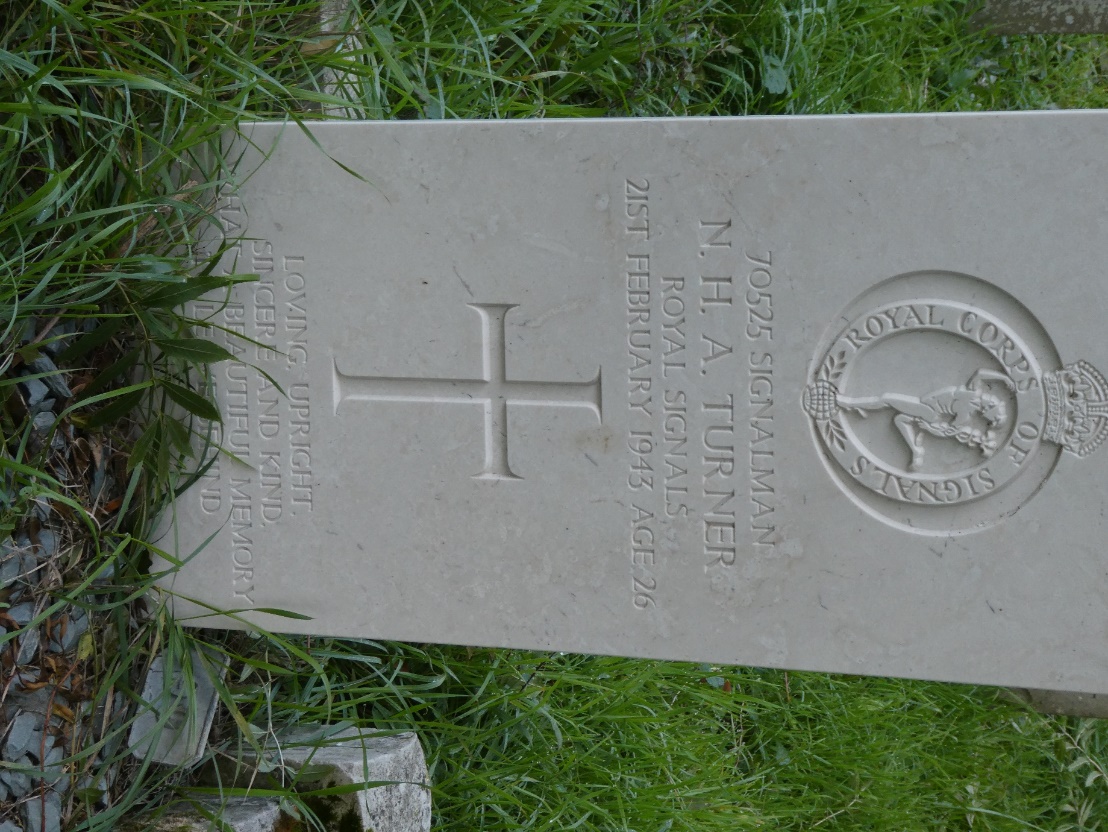
- Died 15th March 1942.
- Harry was a member of the crew of HMS Vortigen.
- The ship was escorting a convoy of vessels off the East Anglian coast and on the night of the 15th of March she was attacked and sunk by a German E-boat; 147 crew were lost.
- The site of the wreck, off Cromer is a war grave.
